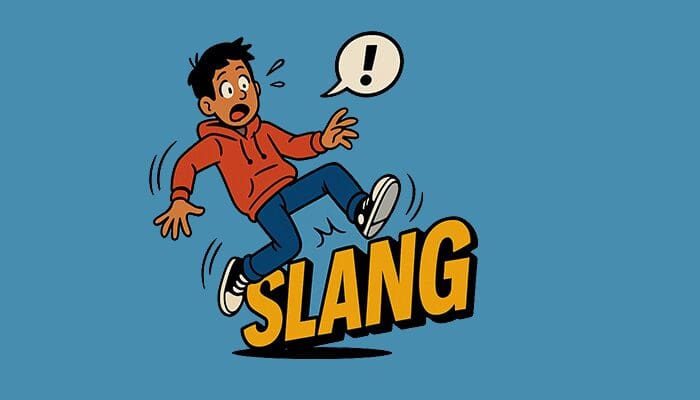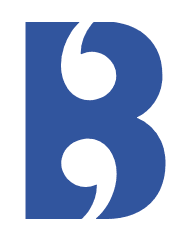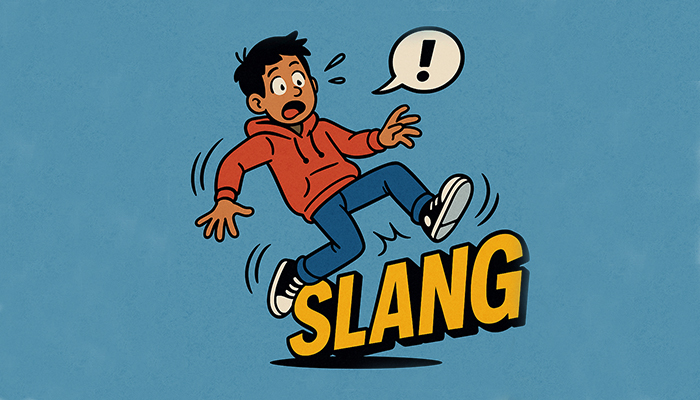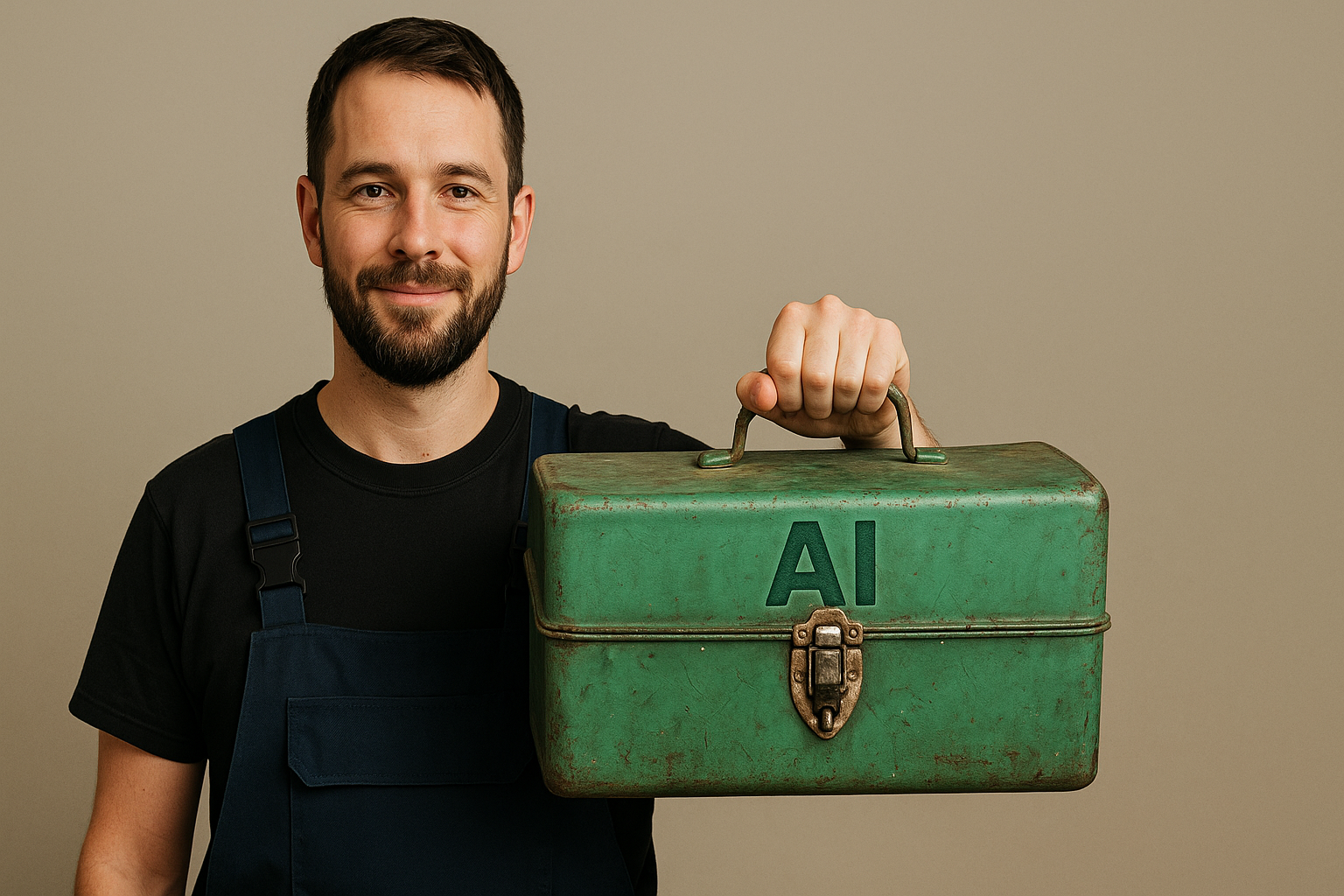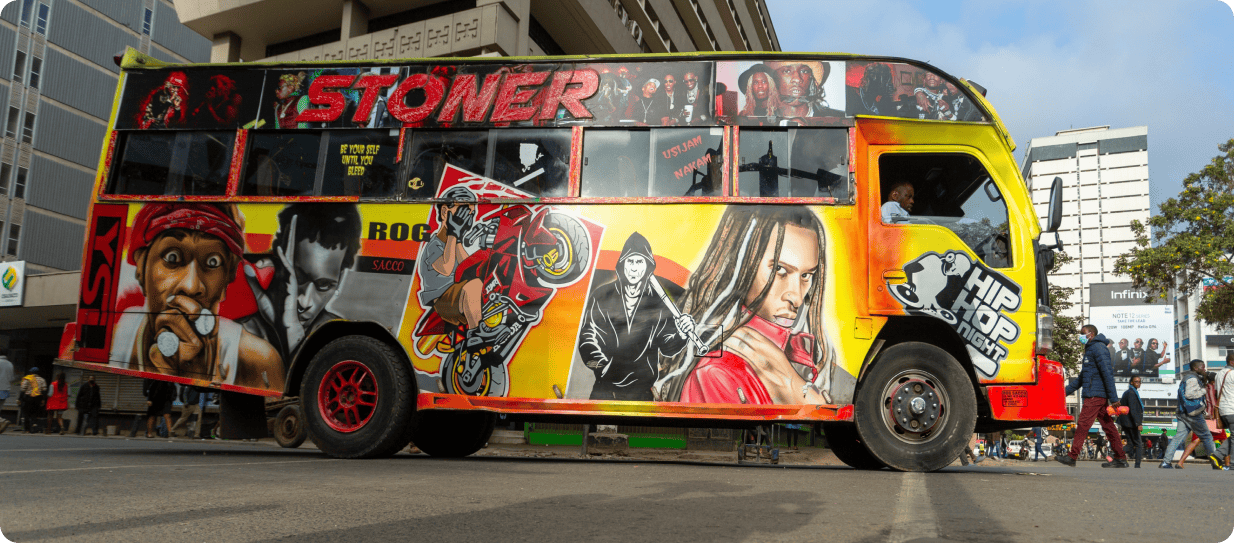Why brands need professional insight to handle ‘rizz’, ‘delulu’, and other cultural curveballs.
When it comes to modern slang, half the time it feels like a secret club. If you know, you know (IYKYK).
But what if you’re faced with translating that inside joke, cheeky wordplay, or viral phrase into another language?
Suddenly, ‘situationship’ isn’t just a word. It’s a cultural minefield.
When it comes to modern slang, half the time it feels like a secret club. If you know, you know (IYKYK). But what if you’re faced with translating that inside joke, cheeky wordplay, or viral phrase into another language?
Suddenly, ‘situationship’ isn’t just a word. It’s a cultural minefield.
(If you are not sure about some of the words in this blog, we’ve provided a handy reference point at the end.)
What is slang, really?
Slang isn’t just about new words. It’s emotional shorthand. It’s ‘delulu’ instead of delusional, ‘smol’ instead of small, and “no cap” when you really mean it. These words carry tone, mood and cultural context, all things that a word-for-word translation could flatten completely.
The risks of getting it wrong
Slang is slippery. It changes fast, often exists without a dictionary definition, and sometimes even defies grammar. That makes it incredibly difficult to translate, and incredibly easy to misinterpret.
You don’t want your carefully crafted copy giving off “how do you do, fellow kids?” energy.
Missteps can include:
- Dilution – Replacing slang with something more formal (goodbye energy)
- Correction – “Fixing” nonstandard spelling (turning smol into small or stonks into stocks)
- Misfire – Picking a literal translation that misses the cultural point entirely
The result is a message that no longer feels like it came from your brand, or worse, feels like it’s trying too hard.
Slang shifts: The time trap
Slang evolves. And sometimes very quickly. A term might have meant one thing ten years ago and something entirely different now or it may very quickly have fallen out of favour. Without cultural fluency, it’s easy to fall into a time warp.
Consider these shapeshifters:
- “Spill the tea”: From something that would ruin your day (and your coffee table) to a request for juicy gossip or information
“Come on, spill the tea.” - “Ghost”: Formerly a spooky noun, now a dating verb. Was one of the world’s favourite romantic movies really about a man who never replied to a text message?
“He ghosted me.”
Translators need more than just vocabulary. They need temporal awareness. A phrase that was on-trend two years ago might now read as cringeworthy, or worse, unintentionally offensive. Epic, Totes, Bae, Lit, Fam; are all sounding pretty outdated right now.
Need help translating tricky slang or playful copy? Get in touch
So how do you translate slang?
Start with this: consult a native speaker. Ideally, someone who lives in the target culture and understands not just the language, but its social texture.
Do they have to be young? Not necessarily. Some of the best translators aren’t fluent in Gen Z, but are brilliant at spotting cultural nuance. The key is familiarity, sensitivity and, yes, a bit of talent.
Some clients assume slang is something you either “pick up” or “just know”. But in reality, accurately translating slang takes serious linguistic skill, and often, formal training. Many professional translators study slang and informal speech as part of specialist modules in:
- Media and marketing translation
- Audiovisual subtitling
- Transcreation
- Cultural adaptation
And it’s not just about recognising boujee or fugazi in your native language. It’s about understanding the slang in the source language, which is usually your second language. That takes:
- A high level of fluency in the source
- Cultural immersion
- Deep sensitivity to tone, audience and intent
At Brightlines, we have translators who not only live in their target culture, but who also truly understand the source, not just grammatically, but emotionally. They’ll know whether yeet should be translated as a wild action, a comic expression, or whether it needs rethinking entirely to make sense in the local context. Not only are our translators not fazed about translating slang, some of them really live for the challenge.
Know when to adapt, and when to rewrite
Slang doesn’t just come with linguistic baggage. It brings cultural assumptions too. What sounds cheeky in London might come across as rude, confusing or even offensive in Tokyo, Berlin or Dubai.
That’s why one of the smartest questions you can ask when translating slang is not “How would you say this?”, but “Would you say this?”
A professional, native-language specialist won’t just translate words. They will flag moments where:
- A slang term doesn’t exist in the target culture
- The tone doesn’t fit the local brand expectations
- A rewrite would serve the message better than an adaptation
Sometimes the most appropriate thing is not to translate slang at all. Instead, you may need to:
- Use a local idiom with the same emotional impact
- Switch to humour or rhythm instead of wordplay
- Or in some cases, reframe the whole idea from the ground up
Translation isn’t a loyalty test to the original. It’s an act of empathy with your audience. If your translation keeps the spirit of the copy alive, even if the words change, you’re doing it right.
When slang is the brand
One of the most interesting challenges in recent years is the rise of slang-driven product names, especially in the cosmetics industry, where brands like Benefit lead the charge.
Take BADgal Bang! Mascara. It’s punchy, playful and packed with layered meaning:
- “Bad” as in fierce
- “Bang” as in volume, impact, or attitude
- Capitals used for extra sass
It works brilliantly in English, but here’s the dilemma: should a name like that even be translated?
Sometimes a product name is so rooted in English wordplay, rhythm and cultural references that translating it risks killing the appeal entirely. But leave it in English, and it might feel confusing or alienating in certain markets.
The answer isn’t one-size-fits-all. It depends on the market’s familiarity with English, the brand’s positioning, and most importantly, the target audience’s expectations. A name that sounds effortlessly cool in Manchester might sound awkward or meaningless in Madrid.
That’s why this kind of decision needs more than a dictionary. It needs a strategic localisation partner who understands not just what words mean, but how they land.
A final word: No one wants to be that brand
There is a fine line between sounding current and sounding cringeworthy. A misplaced “vibe check” or awkward “no cap” can make your brand feel more out of touch than ever.
Just ask Ed Davey. The “Rizz Dems” TikTok moment was peak cringe. They say there is no such thing as bad publicity, but no brand really wants to go viral for the wrong reasons. It is a risky business.
And let’s be honest, even the terms in this blog will probably be out of date in a few months. That is how fast slang moves.
If you are unsure whether to translate it, adapt it or scrap it altogether, ask an agency that lives and breathes this stuff. At Brightlines, we help brands navigate all the cultural curveballs, from subtle slang to full-on wordplay.
Let’s make sure your voice lands, wherever it is heard.
Want to sound as good in Spanish as you do in English?
We help global brands keep their tone of voice consistent, from slang to slogan. If you need your voice to travel, let’s talk.
Reference Point
A quick rundown of the slang terms mentioned above, just in case.
-
IYKYK – “If You Know, You Know” — a phrase implying insider knowledge or cultural in-jokes.
-
Delulu – Short for “delusional”, often used ironically to describe overly hopeful thinking.
-
Rizz – Short for “charisma” or “game”, especially in flirting.
-
Smol – A cute or affectionate way to say “small”, often used to describe something adorable.
-
No cap – Means “no lie” or “I’m serious”; often used for emphasis.
-
Situationship – A romantic relationship that isn’t clearly defined.
-
Spill the tea – Share gossip or juicy information.
-
Ghost – To suddenly cut off all communication, especially in dating.
-
Yeet – Originally meant to throw something forcefully, now used more generally to express energy, surprise or action.
-
Boujee – From bourgeoisie; means fancy or high-maintenance in a playful way.
-
Fugazi – Fake or inauthentic.
-
Bae – Used to express affection, originally an abbreviation of the words baby or babe.
-
Lit – Exciting, fun, or excellent.
-
Fam – Close friends or chosen family.
-
Enshittification – When a digital platform is made worse for users, in order to increase profits.
